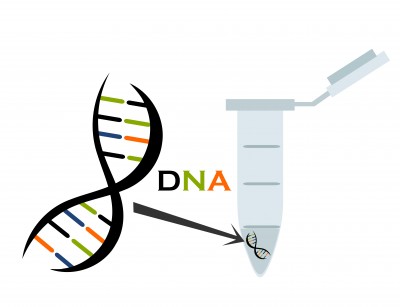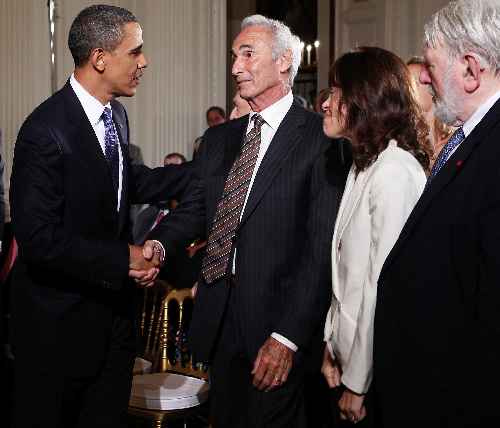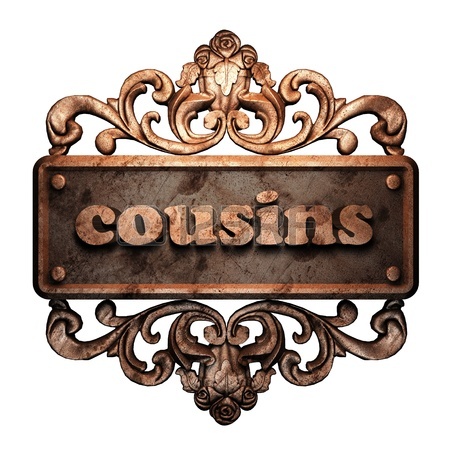Photo courtesy of Tim Janzen
The science of genetics has changed dramatically in the past 60 years since James Watson and Francis Crick first discovered and described DNA in 1953. Genetics is increasingly being used to help people trace their family histories. The first major application of genetics to a family history puzzle was in 1998 when researchers established that a male Jefferson, either Thomas Jefferson or a close male relative, fathered at least one of Sally Hemings’ children. (Sally Hemings was a slave owned by Thomas Jefferson.) The first major company to utilize DNA for family history purposes was Family Tree DNA, which was founded by Bennett Greenspan in 2000. Initially the only types of testing that were done were Y chromosome and mitochondrial DNA testing.
More recently, autosomal DNA testing has moved into a prominent role in genetic genealogy. 23andMe was the first company to offer autosomal DNA testing for genealogical purposes. Their “Relative Finder” feature was quite popular when it was introduced in 2009. This feature allowed people to discover genetic cousins they likely had never been in contact with previously. In 2010 Family Tree DNA introduced an autosomal DNA test called “Family Finder,” which is a competing product to 23andMe’s test. Most recently, a third major autosomal DNA test was introduced by Ancestry.com, and it has been quite popular due to its low introductory price.
Let’s take a closer look at the various types of DNA testing done for genealogical purposes and review them briefly. There are four major types of DNA that are used for genealogical purposes: 1) autosomal DNA, 2) the Y chromosome, 3) the X chromosome, and 4) mitochondrial DNA. Autosomal DNA comprises the bulk of our DNA. The human genome contains 46 chromosomes, of which 44 are autosomal chromosomes. In addition to the autosomal chromosomes, there are two sex chromosomes, the X and the Y chromosomes. The Y chromosome is only found in males and is passed down from father to son. Thus Y-chromosome testing may be used to trace the paternal line of descent. The X chromosome is found in both sexes, with females having two X chromosomes, whereas males only have one X chromosome. Fathers never pass their X chromosomes to their sons, but they do pass their X chromosome to their daughters. Mothers pass one of their X chromosomes to their sons, as well as one to their daughters. Thus males have both a Y chromosome and an X chromosome, but females have two X chromosomes.
The final type of DNA is called mitochondrial DNA. This type of DNA is found in a small organelle called the mitochondria in each cell, separate from the 46 chromosomes of DNA found in the nucleus. Mitochondrial DNA is found in both males and females, but is passed down from mothers to their children. Fathers never pass their mitochondrial DNA on to their children. Thus mitochondrial DNA testing may be used to trace the maternal line of descent. Mitochondrial DNA is a circular form of DNA and has a much smaller genome than the DNA found in the nucleus. Mitochondria contain only 16,569 base pairs, whereas the nuclear DNA totals approximately 3.2 billion base pairs. Changes (or mutations) that have occurred in all forms of DNA over the millennia make the DNA in each person unique. While 99% of the DNA found in humans is the same, the 1% of DNA that is unique allows opportunity for genealogical study.
You’re only a click away from obtaining more information on genetic genealogy or arranging a consultation with Dr. Janzen. Contact Record Click.







